There are lots of confusion about the meanings and use of the conservatory. Sunroom, solarium, greenhouse, orangeries, enclosed porches, and sometimes extensions are used interchangeably with conservatories.
I am designing extensions and conservatories for my clients’ houses, even I find a bit confusing with all the variables for the meaning of conservatory. So what is a conservatory and all types of the modern conservatory?
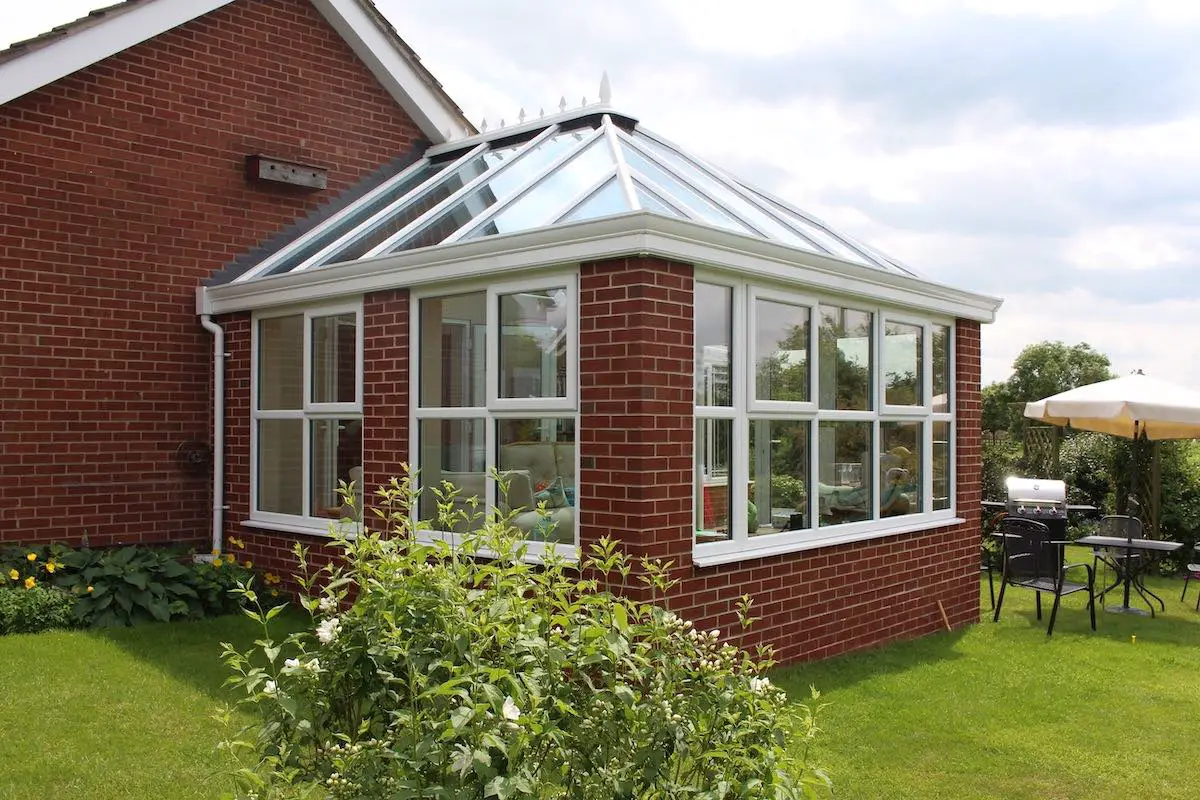
All types of conservatory: Ultimate guide
A conservatory is an annexe your main house providing extra sun and light because more than has of its area is glass. Whereas in the history of Europe and England the conservatories have showcased plants and flowers while sitting and enjoying the sun inside it, the modern ones more for extra sun-room to the house for inhabiting.
In its simplest meaning, I can say that the term refers to ‘keep together.’ As Oxford Dictionary explains that the word is from Latin ‘conservatorium,’ that con- means ‘together’ whereas -servare refers ‘to keep’.
Therefore, I believe that modern conservatory keeps together the family members of the house.
Further, in this article, I’ll include a short summary of the history of the conservatives, the styles and materials, the prices, and what kinds of tips you should be careful before the purchase of a conservatory.

A little from the history of the conservatory
I explained the meaning of conservatory in British English. On the other hand, ‘music school, college of music’ is the root of the word in American English. Though, ‘conservatory’ in the modern US- especially after the 1970s- has a similar use as a room with glass added to the main building body.
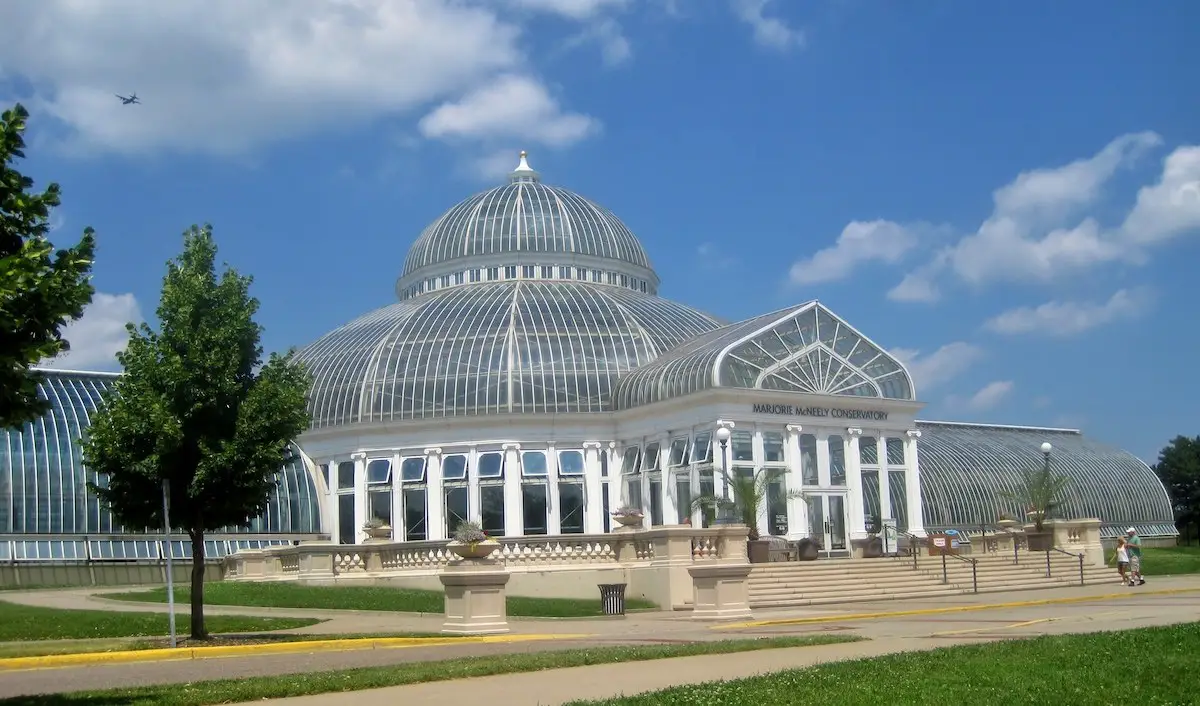
However, the homeland of the development of conservatories is Europe- namely England. All the story is to be started with the orangeries of the 17th century Northern Europe.
They became so popular to plant orange and lemon trees in England due to both functional and social impact. In fact, gathering with friends’ tea parties in orangeries were more important than keeping the citrus warm in the cold weather.
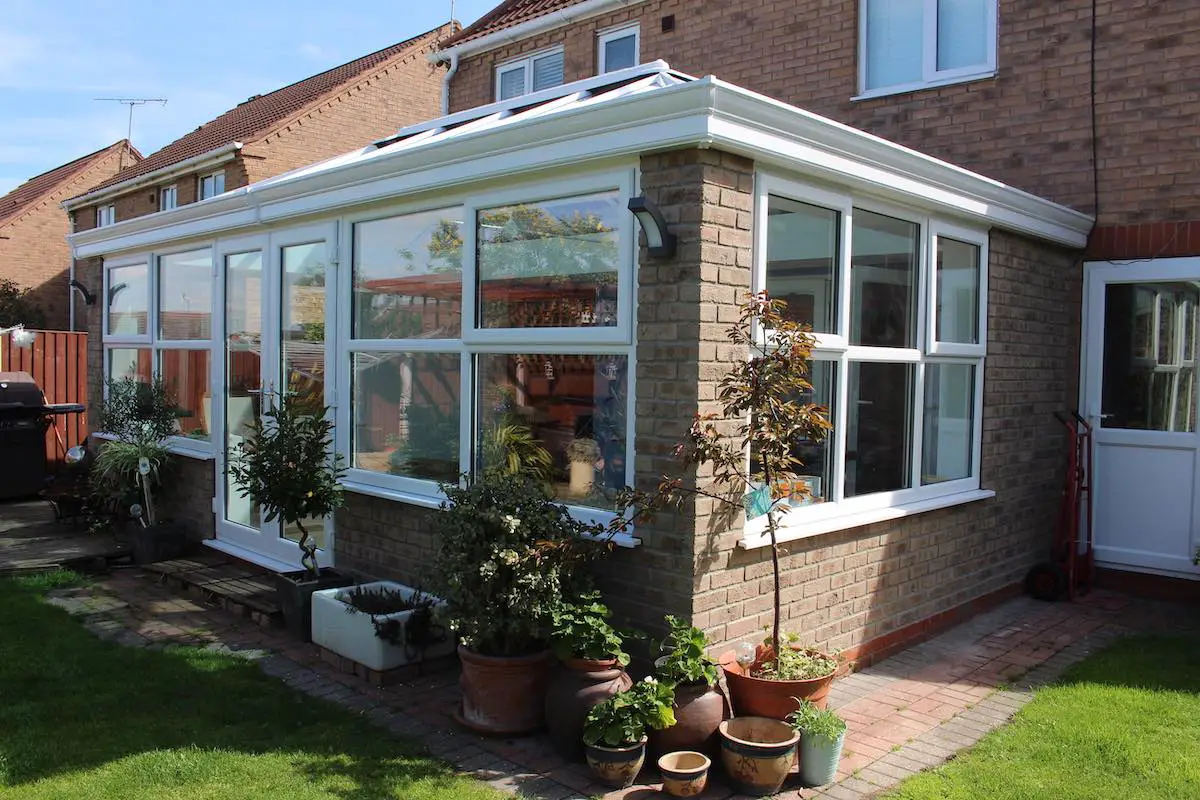
The brick wall of the orangeries has developed into sloping glass by the Dutch pioneers in the 18th century and ‘greenhouse’ was to be welcomed. The improvements in cast iron and glass technology have developed huge and widespread use of commercial greenhouses in the 19th century.
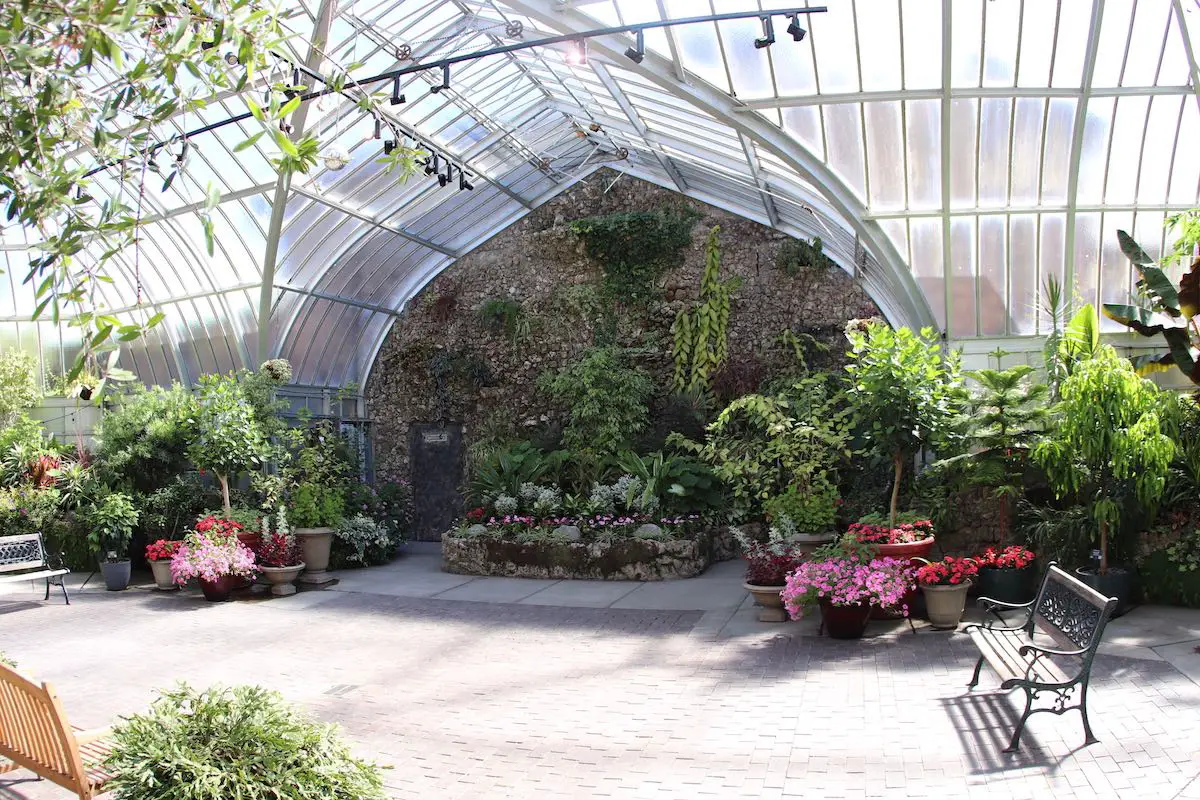
When we reach the modern age, the widespread use of small conservatories- namely the sun-room for homes became popular in England. Improvements in the thermal glass and pre-construction technology after the world war, house owners had their conservatories easily.
Though you are fancy with the history of conservatories, the focus of this article is modern design options for your house. So let’s look at the options and styles that you have in our world.
Types of the conservatories
After I did my research about conservatories and sun-rooms, I discovered that the names of the modern conservatories evolved from the unique eras of British history. In reality, there are three main types of conservatories: Lean-to, Edwardian and Victorian.
The rest of the types you hear is re-production or combination of these main types. So I pick three most popular mixed types: Gable, P-shaped and T-shaped.
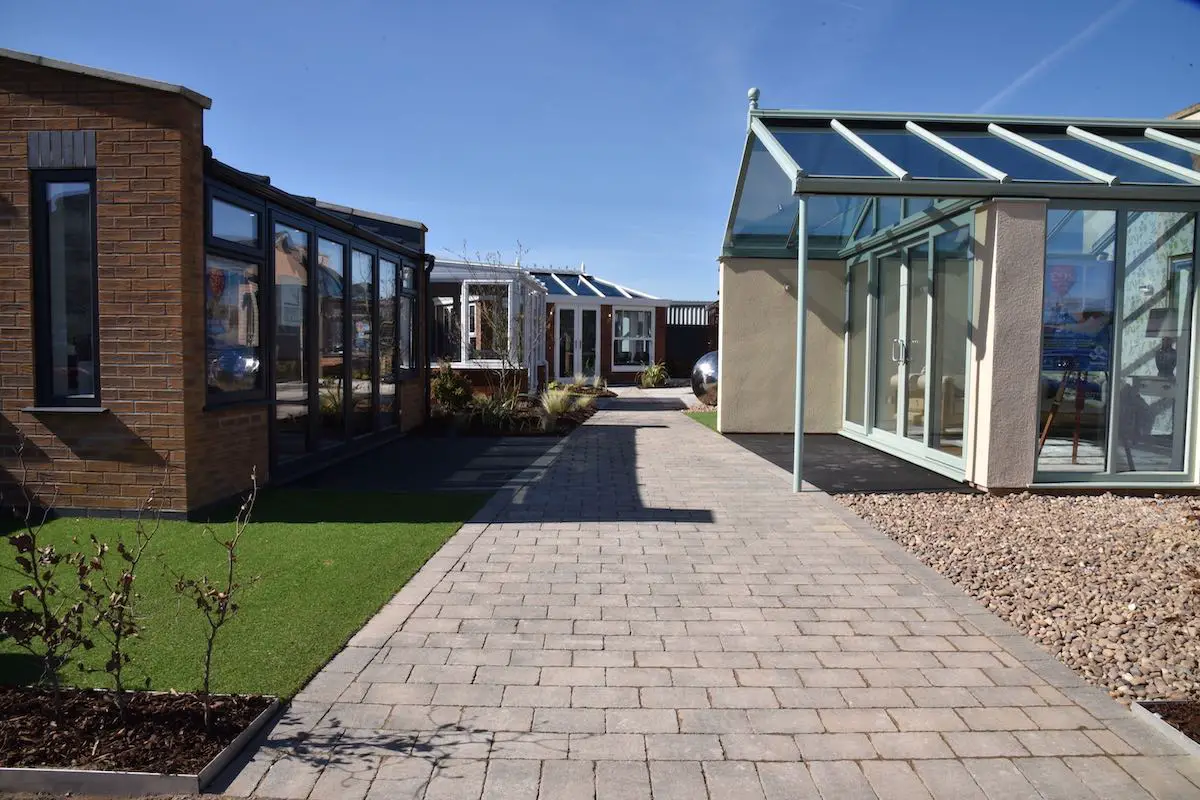
A- The main types
1. The Lean-To Conservatory
The Lean-To type is a basic and simple conservatory that has a rectangular shape and a roof inclined from your house wall. Some suppliers named them either ‘The Mediterranean’ or ‘Cheltenham,’ however they are lean-to conservatory.
Not only do you have this model for conservatories, but you get it for the greenhouses. They are the best affordable option for the side of the houses.
The Lean-To conservatory is great for houses with small gardens and families with tight budgets. This conservatory offers the same space quality of an extension or larger conservatories.

2. The Edwardian Conservatory
The Edwardian type has also a rectangular floor plan but it has advanced pitched roof system. Though it matches with almost all types of houses, the modern houses prefer it when it comes to picking a victorian alternative. It is also possible to build in the narrow plots and gardens of the flats.
If you hear ‘Elizabethan or Georgian’ conservatories’ in some of the supplier’s websites, in reality, they are pointing Edwardian- for marketing purposes to increase their number of models to sale.
The Edwardian has a spacious space that is sure to be relaxing especially on sunny days. This conservatory also works as an extension since the improvements in the thermal heat transfers and ‘U-values’ of the glasses.
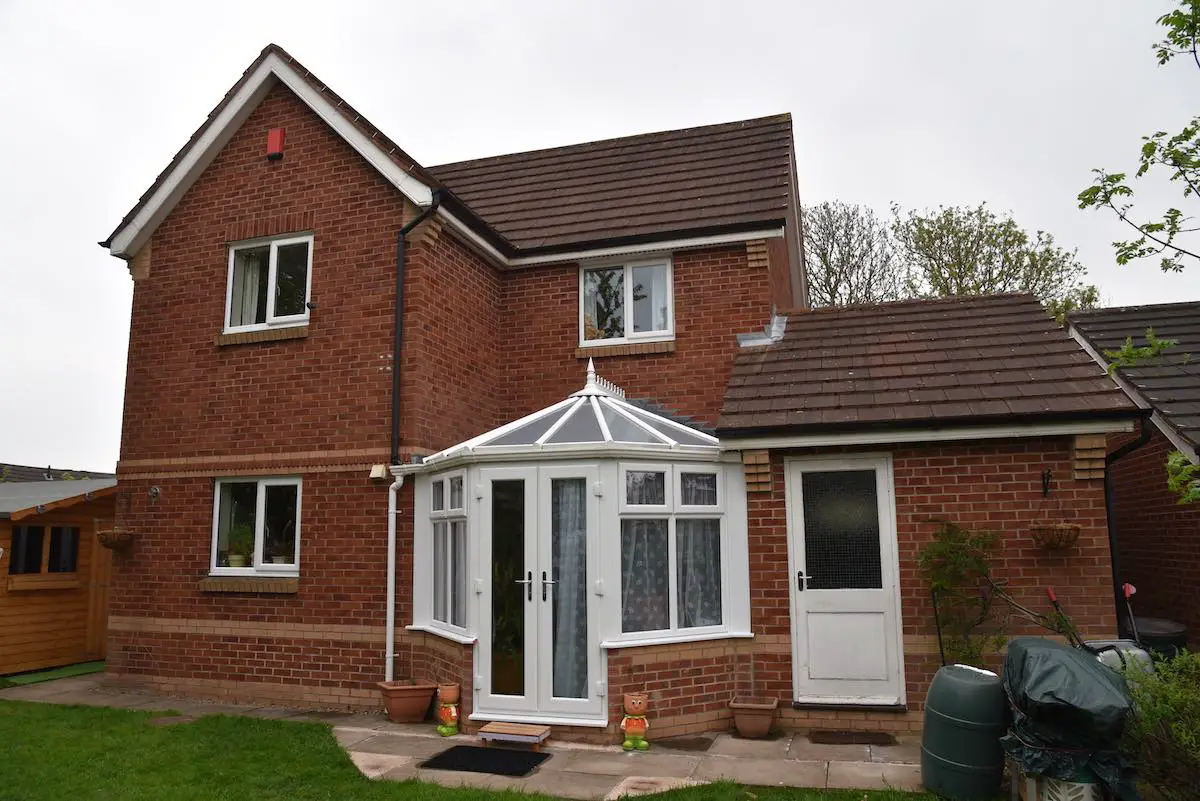
3. The Victorian Conservatory
The Victorian conservatory is the most popular and well-known type due to its bay-curved windows are reminiscent of the grandeur historical examples. The number of the facets on the bay window can be 3 or 5.
I personally find this model suits well with the period and classic style buildings. The architectural details and elements that are inspired by the historical non-traditional styles link with the existing building without a question.

B- The mixed types
As I have mentioned in the beginning, the mixed styles- except for the gable one- are the combination of three main conservatory types.
1. The Gable Conservatory
The gable conservatory has a pediment in front of its roof. If you have been to a railway station in England, or you are living somewhere in Europe, you are familiar with the cast-iron roof pediments that are covering the station halls and exposed to view.
The pediment- with glass infill of course- increases the sun entering the conservatory so that you fill it warmer and more spacious than the Edwardian type.
2. The P-Shaped Conservatory
When the Victorian style conservatory combined with the lean-to conservatory at either side, you create a p-shaped conservatory. It is more of a bespoke design but you have fewer design alternatives than t-shaped style.
3. The T-Shaped Conservatory
If you Victorian, Edwardian -even Gable style in the middle of the lean-to conservatory, you created your T-shaped model. Of-course they are bespoke and are to be needed for large houses or commercial hospitality buildings.

The prices of the conservatories
1- The Lean-To Conservatory
1.1. Dwarf Wall and Polycarbonate Roof Lean-to Conservatory
| Size: feet | Size: millimetre | Price Range | Base |
|---|---|---|---|
| 8x 4 ft. | 2438 x 1219 mm. | 2.2k | Not Included * |
| 8x 6 ft. | 2438 x 1829 mm. | 2.5k | Not Included * |
| 8x 8 ft. | 2438 x 2438 mm. | 2.8k | Not Included * |
| 10x 4 ft. | 3048 x 1219 mm. | 2.5k | Not Included * |
| 10x 6 ft. | 3048 x 1829 mm. | 2.6k | Not Included * |
| 10x 8 ft. | 3048 x 2438 mm. | 3.0k | Not Included * |
| 11.5 x 7 ft. | 3500 x 2000 mm. | £7k – 8k | Included ** |
| 11,5 x 8 ft. | 3500 x 2500 mm. | £8k – £9.5k | Included ** |
| 13x 7 ft. | 4000 x 2000 mm. | £7.5k – £9k | Included ** |
| 13 x 8 ft. | 4000 x 2500 mm. | £9k – £10k | Included ** |
| 13 x 8 ft. | 3962 x 2438 mm. | 2.9k | Not Included * |
| 13 x 10 ft. | 3962 x 3048 mm. | 3.3k | Not Included * |
| 13 x 12 ft. | 3962 x 3658 mm. | 3.8k | Not Included * |
| 15 x 8 ft. | 4572 x 2438 mm. | 2.9k | Not Included * |
| 15x 10 ft. | 4575 x 3048 mm. | 3.3k | Not Included * |
| 15x 12 ft. | 4576 x 3658 mm. | 3.9k | Not Included * |
1.2. Dwarf Wall and Glass Roof Lean-to Conservatory
| Size: feet | Size: millimetre | Price Range | Base |
|---|---|---|---|
| 11,5 x 7 ft. | 3500 x 2000 mm. | £7.5k – £8.5k | Included ** |
| 11,5 x 8 ft. | 3500 x 2500 mm. | £8.5k – £10k | Included ** |
| 13x 7 ft. | 4000 x 2000 mm. | £8k – £9.5k | Included ** |
| 13x 8 ft. | 4000 x 2500 mm. | £9.5k – £10.5k | Included ** |
1.3. Full Glass Wall and Polycarbonate Roof Lean-to Conservatory
| Size: feet | Size: millimetre | Price Range | Base |
|---|---|---|---|
| 8x 4 ft. | 2438 x 1219 mm. | 2.8k | Not Included * |
| 8x 6 ft. | 2438 x 1829 mm. | 3.2k | Not Included * |
| 8x 8 ft. | 2438 x 2438 mm. | 3.4k | Not Included * |
| 10x 4 ft. | 3048 x 1219 mm. | 3.2k | Not Included * |
| 10x 6 ft. | 3048 x 1829 mm. | 3.5k | Not Included * |
| 10x 8 ft. | 3048 x 2438 mm. | 3.6k | Not Included * |
| 11.5 x 7 ft. | 3500 x 2000 mm. | £6.5k – £7.5k | Included ** |
| 11,5 x 8 ft. | 3500 x 2500 mm. | £7.5k – £8.5k | Included ** |
| 13x 7 ft. | 4000 x 2000 mm. | £7k – £8k | Included ** |
| 13 x 8 ft. | 4000 x 2500 mm. | £8k – £9k | Included ** |
| 13 x 8 ft. | 3962 x 2438 mm. | 3.6k | Not Included * |
| 13 x 10 ft. | 3962 x 3048 mm. | 4.0k | Not Included * |
| 13 x 12 ft. | 3962 x 3658 mm. | 4.5k | Not Included * |
| 15 x 8 ft. | 4572 x 2438 mm. | 3.5k | Not Included * |
| 15x 10 ft. | 4575 x 3048 mm. | 4.0k | Not Included * |
| 15x 12 ft. | 4576 x 3658 mm. | 4,8k | Not Included * |
1.4. Full Glass wall and Polycarbonate Roof Lean-to Conservatory
| Size: feet | Size: millimetre | Price Range | Base |
|---|---|---|---|
| 11,5 x 7 ft. | 3500 x 2000 mm. | £6k – £7k | Included ** |
| 11,5 x 8 ft. | 3500 x 2500 mm. | £6.5k – £7.5k | Included ** |
| 13x 7 ft. | 4000 x 2000 mm. | £7k – £8k | Included ** |
| 13x 8 ft. | 4000 x 2500 mm. | £7.5k – £8.5k | Included ** |
Sources:
*www.wickes.co.uk
** www.conservatoryprices-uk.co.uk
Related Questions:
Do I need planning permission for a conservatory? Every council has its planning rules, but in the case of the UK, conservatories are in the planning rules. If you are eligible a permitted right you don’t have to get planning permission. However, you may have to get a certificate of lawfulness or other legal papers for your conservatory. You can ask the helplines of councils. If you are not sure you can ask us or your local architect, architectural technician, to be on the safe side.

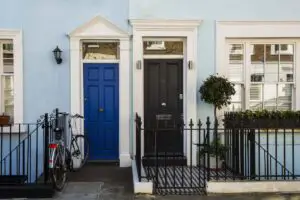

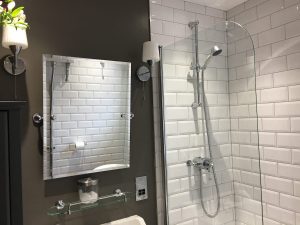
I think the admin of this web page is genuinely working hard in favor of his
web site, because here every information is quality based
material.